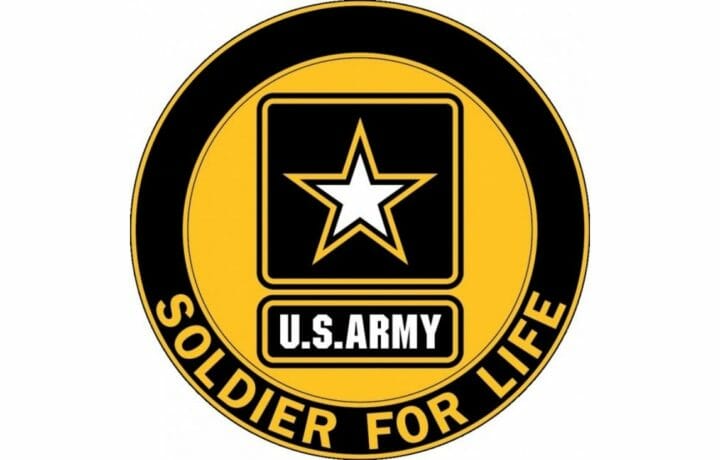The short answer to how much it pays is – it depends. Several factors play into how much it pays, such as a school’s percentage of waiver, how many students they allow in their program, maximum amount paid per student, degree levels covered, departments or programs covered, and of course, VA match (which is the same as the school waivered amount). But regardless, it turns out it is a benefit that’s worth a lot … if you qualify and are accepted into a school’s Yellow Ribbon Program (YRP).
Eligibility Requirements
First, let’s look at the requirements to qualify for the YRP, because not all veterans are eligible. Also, right now, active duty and their spouses are not eligible, but that changes in August 2022.
Because the YRP is a feature of the Post 9/11 GI Bill, the first requirement is to be fully Post 9/11 GI Bill eligible (at the 100% tier). You do that by meeting at least one of these requirements:
- Served at least 36 months on active duty after September 10, 2001
- Having received a Purple Heart after September 10, 2001 and honorable discharged
- Served at least 30 continuous days after September 10, 2001 and honorably discharged for a service-connected disability
- Are a dependent child using transferred Post 9/11 GI Bill benefits from a qualifying veteran
- Are a dependent Fry Scholar
The Yellow Ribbon Program
Next for eligible veterans is finding a school that is part of the YRP; not all schools participate. If your school does have a YRP Agreement with the VA, then next find what they offer in their YRP, since not all schools offer the same.
The basic guideline is a school can pay up to 50% of the unpaid difference between what the school charges in tuition and mandatory fees and the amount the Post 9/11 GI Bill pays. The VA will match what the school pays, potentially leaving the student with zero out-of-pocket costs. But in their approved agreements, many school offer less than the 50% maximum.
Two School Comparisons
Let’s look at a couple of private schools to illustrate the difference in their YRPs.
| School | Tuition
(per Year) |
Difference After Post 9/11 GI Bill Pays | YRP Funding | Out of Pocket | Availability |
| New York University (NYU) | $54,880 | $29,717.86 | NYU – $10,000
VA Match-$10,000 |
$9,717.86 | All Eligible Students |
| Brown University | $58,404 | $33,241.86 | Brown – $7,500
VA Match – $7,500 |
$18,241.86 | Limited to 16 Students at a Time |
NOTE: For the 2020/2021 academic year, the Post 9/11 GI Bill pays up to $25,162.14 per year to attend a private school.
As we see, the difference in tuition between the two schools is only around $4,000 per year, but when the difference in YRP and VA Match is factored in, the out-of-pocket amount that the student is responsible for is almost twice at Brown as it is at NYU. Plus, there is a greater chance of getting accepted into NYU’s YRP then at Brown because they accept more YRP students.
YRP at Public Schools
When attending a public school, the Post 9/11 GI Bill pays up to the in-state, resident tuition rate. But veterans that have been out for three years or more may be charged the out-of-state non-resident tuition, which in many cases is at least twice that of the in-state rate. If that is the case in your situation, look for public schools that have a YRP program, as it can help pay the difference just the same as with private schools.
Knowing a school’s YRP is one area where it literally pays you to do your homework when choosing a school. Selecting a school that has a high waiver percentage means a higher VA match in addition to what the VA is already paying in tuition and mandatory fees. It is definitely a multiplier worth researching, so that you get the maximum benefit from your Post 9/11 GI Bill.




